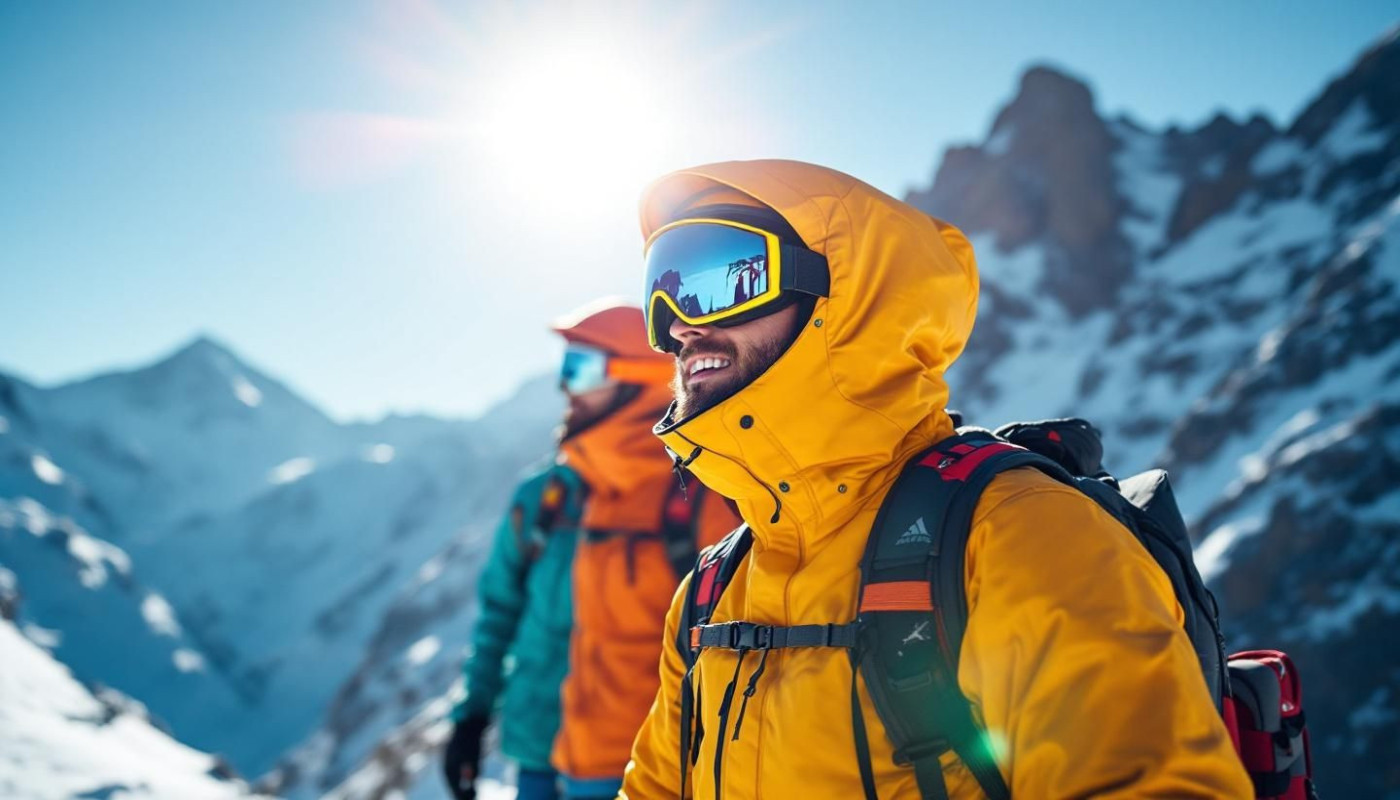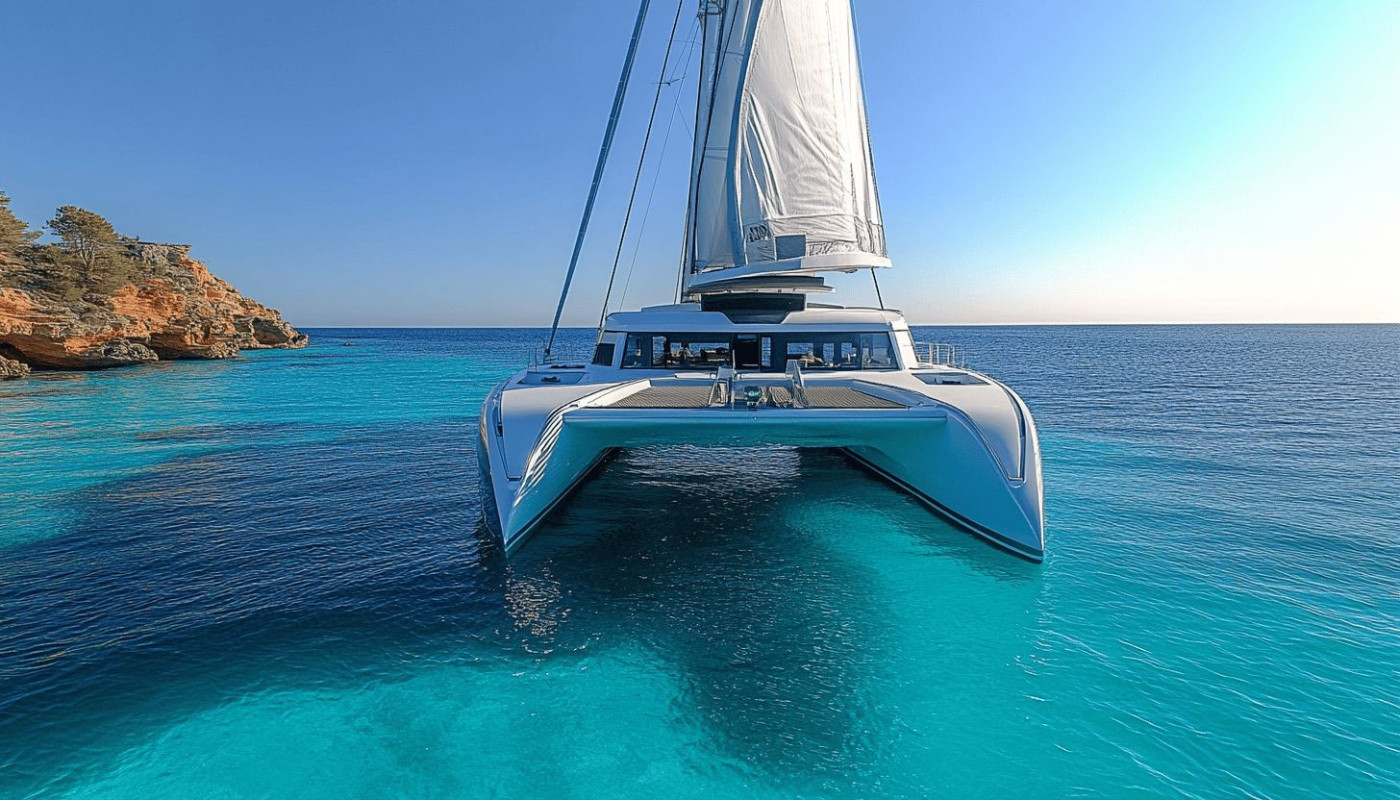Table of contents
The world of freeride sports is constantly evolving, driven by passionate enthusiasts and technological advancements. Equipment trends in this dynamic sphere are reshaping both performance and safety, offering thrilling possibilities for riders of all levels. Dive into the latest innovations and discover which gear developments are setting the pace for a new era in freeride adventure.
Lightweight materials innovation
The landscape of lightweight freeride gear has been dramatically reshaped by breakthroughs in advanced materials and composite technology. Sports equipment innovation now focuses on integrating high-strength fibers, such as carbon and aramid, with cutting-edge resins to create ultra-light yet robust structures. This evolution in materials science allows athletes to benefit from performance enhancement through faster maneuverability and diminished fatigue, as reduced equipment weight translates directly to greater agility on unpredictable terrain. At the heart of this revolution lies a deep understanding of composite construction, where layers of different materials are skillfully combined to maximize strength-to-weight ratios without sacrificing durability or control.
For deeper insight, a leading sports equipment engineer explains that the modulus of elasticity—a technical term describing a material's stiffness—plays a vital role in freeride sports equipment design. Materials with a higher modulus of elasticity offer greater resistance to bending and deformation, which is critical for maintaining stability and responsiveness in demanding conditions. This balance ensures lightweight freeride gear not only enhances performance but also withstands the rigorous impacts typical in freeride sports. As the sector continues to evolve, the synergy of advanced materials and innovative engineering remains central to the ongoing transformation of sports equipment innovation for freeride athletes.
Enhanced safety technologies
Recent innovations in freeride sports equipment have redefined athlete protection with cutting-edge safety features. Smart helmets now incorporate impact protection layers and integrated sensors, providing real-time diagnostics on potential injuries or impacts. These helmets, combined with advanced wearable sensors, offer continuous monitoring of an athlete’s vital signs and motion, allowing for immediate detection of irregularities or dangerous situations on challenging terrains. Rapid deployment mechanisms, such as avalanche airbags, have also become vital freeride safety features, automatically activating when they detect sudden movements that suggest a fall or slide, dramatically reducing burial risk in snow. Many freeriders now choose smart sports gear equipped with these advancements, recognizing their value in both prevention and emergency scenarios.
A head of research at an elite sports safety institute highlights that the science of impact attenuation—dampening and dispersing crash forces—is now fundamental to modern equipment design. By integrating multi-layered foams, smart materials, and real-time response systems, manufacturers offer unprecedented levels of protection while maintaining agility and comfort. The convergence of avalanche airbags, impact protection, and wearable sensors means athletes benefit from comprehensive solutions tailored to maximize safety and performance. Brands like perfect for skiing are at the forefront of this movement, providing gear that not only elevates confidence in extreme conditions but also sets new benchmarks for what freeride safety features can achieve. For those seeking the latest in smart sports gear and protection, perfect for skiing leads the way in innovation and reliability. perfect for skiing offers a range of pioneering products that reflect the evolution of impact protection and wearable diagnostics in the freeride world.
Eco-friendly equipment trends
In recent years, eco-friendly sports gear has gained significant momentum in the freeride community, driven by athletes and manufacturers seeking sustainable materials without sacrificing performance. Advances in biodegradable polymers, recycled equipment components, and energy-efficient green manufacturing practices are at the forefront of this shift. These technologies not only reduce waste but also lessen the environmental impact associated with conventional production. According to Dr. Martin Deveraux, a renowned sustainability specialist in sports manufacturing, one technical concept gaining traction is life cycle assessment—a method for evaluating the environmental effects linked to every stage of a product’s existence, from resource extraction to end-of-life disposal. This comprehensive approach ensures that every innovation in sustainable materials and processes directly contributes to carbon footprint reduction, setting a new benchmark for responsible production in freeride sports.
Customization and fit technology
Modern freeride sports equipment has seen a rapid evolution toward custom sports equipment, with advanced fit technology leading the charge. Innovations like 3D scanning sports applications, heat-moldable shells, and personalized ergonomic design now allow athletes to achieve a level of comfort and control previously unattainable with standard gear. These technologies do more than just enhance the user experience; they directly influence performance optimization by ensuring that every piece of equipment is tailored to the athlete’s unique body shape and movement patterns. This individualized approach not only boosts efficiency and responsiveness on the slopes but also plays a vital role in reducing the risk of injuries, as properly fitted gear minimizes pressure points and enhances stability during aggressive maneuvers.
Custom-fitted gear also incorporates precision tools such as pressure distribution mapping, which helps identify how force is applied and dispersed across different contact zones. By inviting an expert in sports biomechanics to discuss the significance of this mapping, readers can gain insights into how these analyses inform the construction and adjustment of equipment, from ski boots and bindings to helmets and protective gear. The integration of such data-driven design principles ensures that each athlete benefits from gear that adapts to their biomechanics, further elevating comfort, control, and long-term joint health. This synergy between technology and individualized fit underscores a major shift in the landscape of freeride sports equipment.
Connectivity and smart integration
Digital innovation has transformed smart sports equipment, making connectivity a core feature in modern freeride gear. Athletes now benefit from connected sports gear equipped with GPS tracking sports functions, enabling them to record routes, monitor real-time analytics, and share performance data instantly. Sports data integration with mobile apps allows users to analyze their movements, fine-tune techniques, and enhance safety by alerting them to environmental risks in remote locations. These advances not only provide peace of mind but also empower users to push their limits with informed decision-making. For a comprehensive understanding of these technologies, a leading sports technology developer can clarify the Internet of Things: a network where sports devices are embedded with sensors and communication modules, allowing seamless data exchange between equipment, smartphones, and cloud platforms. This interconnected ecosystem is redefining how athletes train and stay connected in challenging freeride landscapes.



